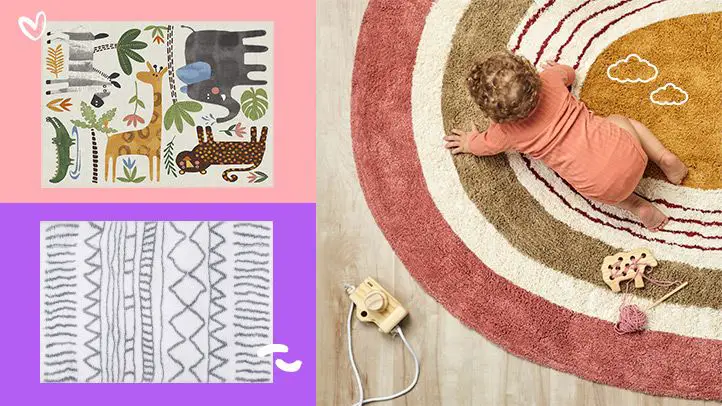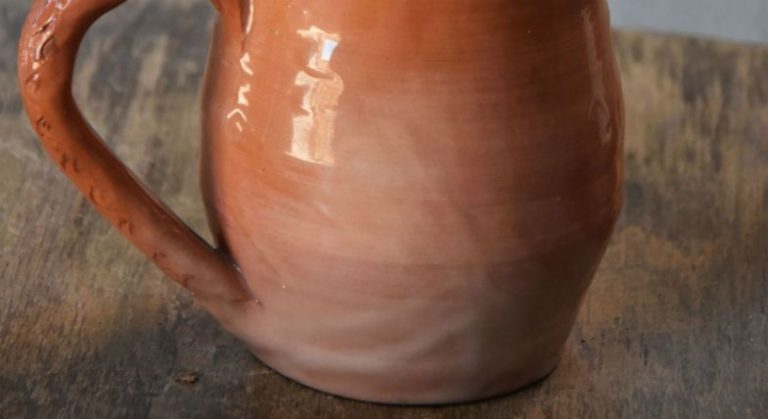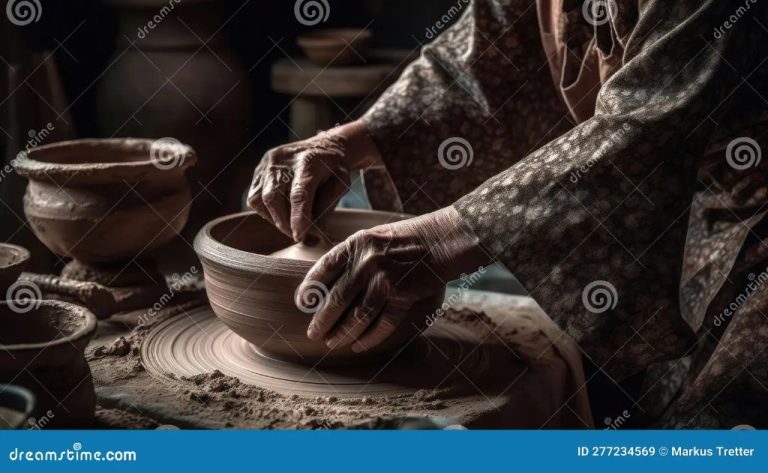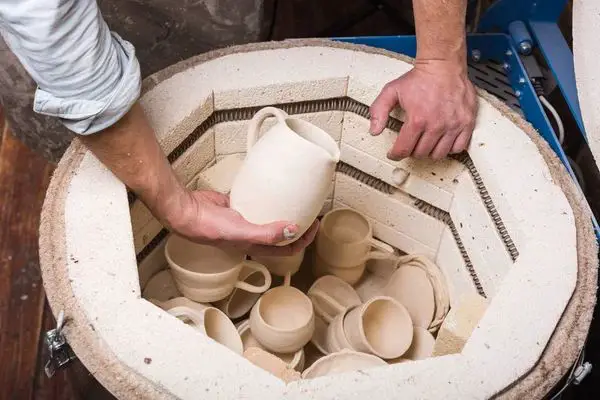How Do You Cover A Bottle With Polymer Clay?
Covering glass bottles in polymer clay is a fun DIY project that allows you to customize and personalize bottles for decorative purposes. With some simple steps, you can transform plain glass bottles into beautiful works of art using colorful polymer clay. This guide will provide a step-by-step overview of the complete bottle covering process, from preparing your materials to baking and finishing the clay.
Gather Materials
Before starting this project, you’ll need to gather the necessary materials. For covering a bottle in polymer clay, you’ll need:
-
Polymer clay – You’ll want to get polymer clay in whatever color or colors you want for your finished piece. Get enough to fully cover the bottle with some extra.
-
Clay tools – Things like a roller, cutter, sculpting tools are helpful for manipulating and smoothing the clay.
-
Bottle – The bottle serves as the base to cover in clay. Choose any bottle with a shape you like.
-
Baking sheet/tray – To bake the clay, you’ll need something oven-safe like a baking sheet or ceramic tile.
-
Parchment paper – Line your baking tray with parchment to prevent sticking.
Once you have these ready, you can move onto the next steps!
Condition the Clay
Before covering the bottle, it’s crucial to properly condition the polymer clay so it is soft and malleable enough to manipulate. When polymer clay is first opened, it can be quite firm and stiff. Kneading the clay with your hands warms it by friction and makes it smooth. Here are some tips for conditioning polymer clay:
- Knead the clay vigorously with your hands for 5-10 minutes. Roll and squeeze it continuously to warm it up.
- If the clay is very stiff, knead it on a hard surface to generate more friction. A glass work surface or ceramic tile works well.
- Add a small amount of polymer clay softener if needed. A few drops can help soften extremely firm clay.
- Avoid over-softening the clay. It should be pliable but not sticky. Too much softener can make details unclear.
- Knead until the clay is smooth, soft, and free of cracks. It should be uniformly pliable throughout.
Properly conditioned polymer clay will be warm, smooth, and easy to manipulate into any shape. Don’t skip this important first step before stretching and applying the clay to your bottle.
Create the Clay Sheet
Once the clay is conditioned and softened, it’s time to create the clay sheet that will wrap around your bottle. Lay your block of clay on a flat work surface and place a piece of parchment paper over top. Using an acrylic rolling pin, begin to roll the clay from the center outward. Roll in different directions, applying even pressure, until you have a flat, uniform sheet of clay. The sheet should be approximately 1/8 inch thick for most bottles. Make sure the sheet is larger than the bottle dimensions so there is enough clay to fully cover the surface. Smooth any creases or folds with your fingers as you go. If the clay becomes sticky, rub a few drops of water into the surface. Work slowly and patiently to achieve an even, smooth clay sheet ready to wrap your bottle.
Cut the Clay
Once you have rolled out your clay sheet to the desired thickness, it’s time to cut it to size so it can wrap around your bottle properly. For this step, you’ll want to use a tissue blade, craft knife, or another sharp tool to get nice clean edges.
Lay your clay sheet on a flat work surface and place your bottle upside down in the center. Use a pen or marker to trace around the bottom of the bottle to mark the shape you’ll need to cut out of the clay.
Remove the bottle and use your blade or knife to follow the outline you traced, cutting the clay. Try to keep your cuts smooth and even. Make sure to cut just inside the line so the piece will be slightly smaller than the bottle’s footprint.
You may need multiple pieces to cover the entire surface of the bottle, so repeat this process until you have all the properly sized clay pieces you need. Use the tracings to cut matching shapes. When in doubt, cut smaller pieces since it’s easy to blend seams together.
Now your polymer clay pieces are ready to start applying to your bottle!
Apply the Clay
Once you have cut the clay sheet to the proper size, it’s time to wrap it around your bottle. Hold the bottle firmly in one hand and gently wrap the clay sheet around the bottle, aligning the edges. Make sure the clay is smooth against the surface with no air bubbles or wrinkles. Use your fingers to gently press the clay against the bottle and smooth out any seams or overlapping edges.
Pay close attention to where the edges meet on the backside of the bottle. This is where you’ll need to seam the two ends together for a clean look. Gently press and smooth the edges together, blending them into each other. You may need to add a small amount of liquid clay or fresh clay to get a perfect seam.
Work slowly and gently during this step, as the clay can tear if handled too roughly. Keep smoothing until the clay sheet is perfectly adhered to the bottle shape with no visible seams or overlap marks. The clay should look like one continuous sheet wrapped around the bottle.
Add Decorations
Once the clay sheet is wrapped around the bottle, you can add decorations to personalize it. Here are some ideas for optional decorations:
-
Use clay shapers, silicone brushes, or modeling tools to add textures to the surface like dots, stripes, swirls, etc. Press gently to indent the clay.
-
Roll thin ropes of clay and apply them around the bottle in spiral or crisscross patterns.
-
Make clay cutouts using cookie cutters and apply them. Florals, geometric shapes, hearts, stars all work great.
-
Imprint the clay with rubber stamps, fabric, lace, etc. to transfer patterns.
-
Attach flat clay charms, beads, or buttons with liquid clay for 3D embellishments.
Get creative with the decorations and add as many as you like to make your bottle unique. Just don’t overdo it to the point where the clay won’t bake evenly.
Bake the Clay
Once you have finished applying the polymer clay and adding any decorations, it’s time to bake the clay to harden and set it. Baking is a crucial step for finishing polymer clay projects.
Be sure to bake the clay according to the manufacturer’s recommended temperature and time. Check the packaging or product details for the exact temperature, which is typically around 130°C/275°F. Bake for the recommended length, usually 1-2 hours.
Use an oven specifically designated for polymer clay rather than a kitchen oven, to avoid any clay fumes or residue affecting food. Place the clay-covered bottle on a baking tray and bake for the full recommended time.
Baking for the proper temperature and duration fully hardens and sets the clay. Underbaking can result in clay remaining soft and unfused. Overbaking may burn or darken the clay. Following the guidelines ensures your clay coverage will be smoothly hardened and ready for any finishing.
Finish
After baking, allow the polymer clay bottle cover to cool completely before handling. Polymer clay can remain soft and pliable immediately after baking. Attempting to remove the bottle or handle the clay too soon can cause deformities in the shape.
Set the clay-covered bottle on a heatproof surface like a wire rack or cutting board. Let it cool undisturbed until it reaches room temperature. This usually takes at least 30 minutes but can take longer for larger pieces. The clay needs time to fully harden and stabilize.
Test the clay with the back of your hand before picking up the bottle. If the clay still feels warm at all, let it continue cooling. The bottle should feel completely cool to the touch before removing the clay. Rushing this final cooling step risks damaging all your hard work.
Once fully cooled and hardened, the polymer clay will permanently hold its shape. Carefully peel it off the bottle if desired. Otherwise, the durable clay cover can remain on the bottle for decorative purposes or gentle daily use.
Conclusion
Recap and Review Covering a Bottle with Polymer Clay
To sum up the process of covering a bottle with polymer clay:
- Gather the necessary materials – polymer clay, an empty bottle, clay tools, etc.
- Condition the clay by kneading and warming it.
- Roll out the conditioned clay into a flat sheet.
- Cut the clay sheet into pieces to fit the bottle shape.
- Apply the clay pieces to the bottle, smoothing the seams.
- Decorate the clay as desired with stamps, paints, etc.
- Bake the clay-covered bottle according to package directions.
- Allow the bottle to cool fully before handling.
Following these steps will result in a custom, clay-covered bottle. Allow plenty of time for the clay to bake and cool completely. Use acrylic paints or glazes to finish decorating, if desired. Take care not to drop or handle the bottle roughly while the clay is soft. With some creativity and patience, you can make a beautiful decorative bottle to display in your home!




